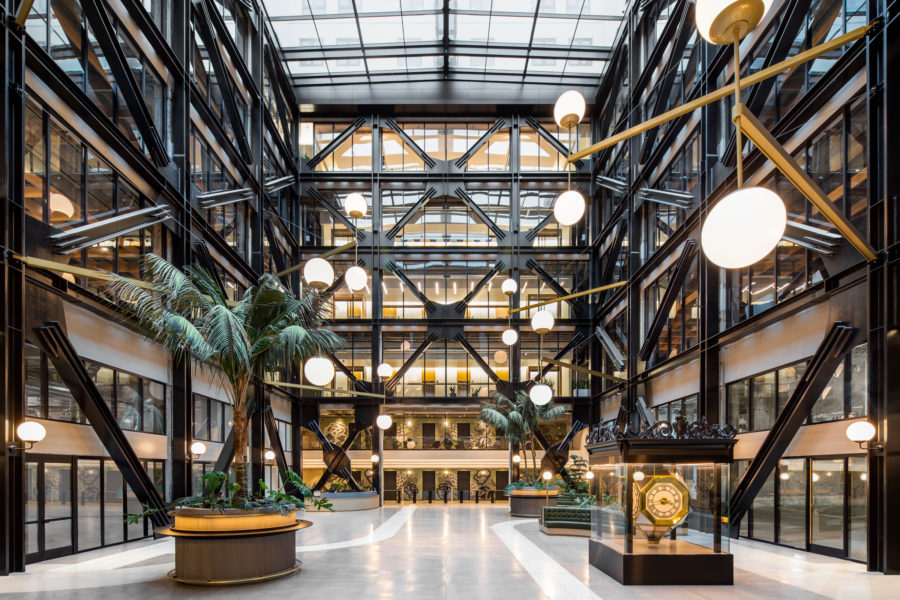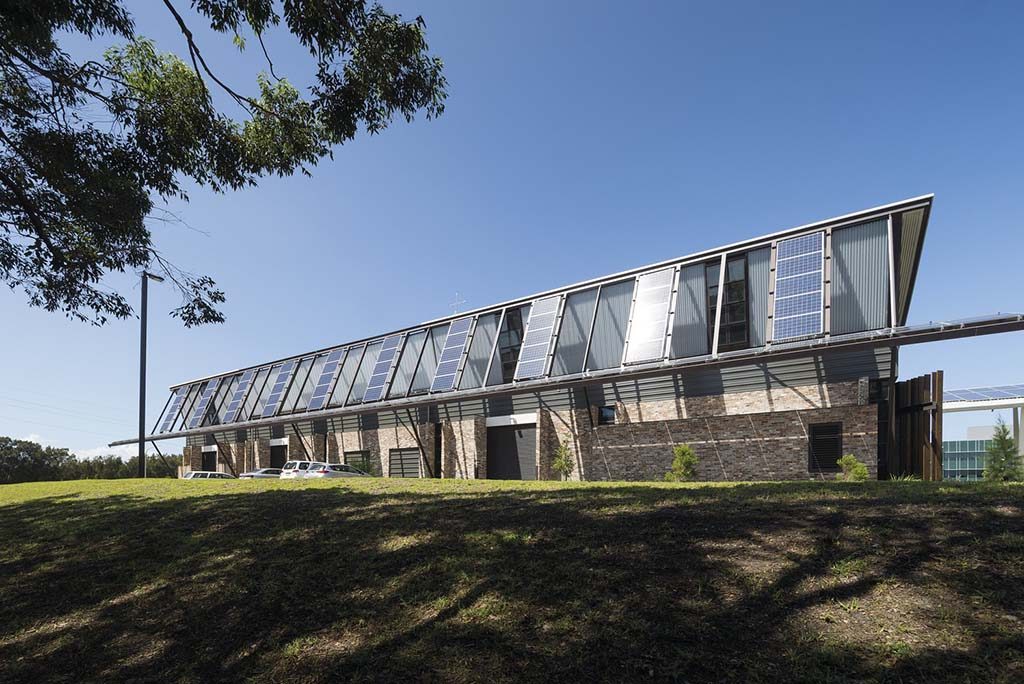In the evolving landscape of construction, the emphasis on sustainable practices has witnessed a substantial rise. Sustainable building cost analysis is essential to both homeowners and real estate developers eager to incorporate eco-friendly methods without incurring excessive expenses. This article explores the myriad factors that impact costs, the long-term benefits, and strategies to effectively manage expenses.

What is Sustainable Building?
Sustainable building involves utilizing resources efficiently and responsibly to minimize impacts on the environment. This approach considers the entire life-cycle of the building, from design to demolition, aiming to reduce the carbon footprint.
Importance of Sustainability in Construction
Given the current environmental challenges, sustainability in construction is more crucial than ever. It helps preserve natural resources and ensures healthier living conditions for inhabitants while also contributing to economic savings.
Factors Influencing the Cost of Sustainable Building
Material Choices
The choice of materials significantly affects the costs. Opting for recycled or locally sourced materials can offer cost reduction while ensuring sustainability.
Design and Planning
A well-planned design is key to optimizing energy efficiency and reducing waste, which can lead to lower overall expenses.
The Long-term Benefits of Sustainable Building
Energy Efficiency
Sustainable constructions often result in reduced energy requirements, leading to lower utility bills over time.
Increased Property Value
Homes built using sustainable methods tend to have a higher market value due to their efficiency and eco-friendly appeal.
Strategies for Managing Costs in Sustainable Building
Prioritizing Energy Savings
Focusing on aspects that offer the most significant energy savings can help justify initial investments.
Government Incentives
Numerous government programs offer incentives for sustainable building practices, aiding in cost management.
Sustainable Building and Community Impact
Sustainable buildings foster healthier communities by improving air quality, reducing waste, and conserving water.
Technological Innovations in Sustainable Building
With advancements like smart homes and green technologies, the initial costs of sustainable buildings can be offset by the long-term savings they provide.
Environmental Protection Agency – Smart Growth
Case Studies of Successful Sustainable Buildings
Real-world examples of successful sustainable projects help illustrate potential savings and practical approaches to cost management.
The Future of Sustainable Construction
As demand for sustainability rises, costs are expected to decrease, making eco-friendly construction more accessible to everyone.
Communication with Builders and Developers
Establish clear communication with builders to ensure your sustainability goals are understood and prioritized.
Conclusion
The journey towards sustainable building is one filled with challenges and opportunities. By performing a thorough sustainable building cost analysis, homeowners and developers can balance their eco-friendly aspirations with financial considerations.

FAQ
What are the initial costs of sustainable building?
Initial costs can be higher due to premium materials and technologies, but savings accrue over time.
How long does it take to recover the investment in sustainable building?
The payback period varies, typically ranging from 5 to 10 years depending on the project.
Can existing buildings be converted to sustainable buildings?
Yes, many existing structures can be retrofitted to enhance their sustainability and efficiency.
This article contains affiliate links. We may earn a commission at no extra cost to you.



